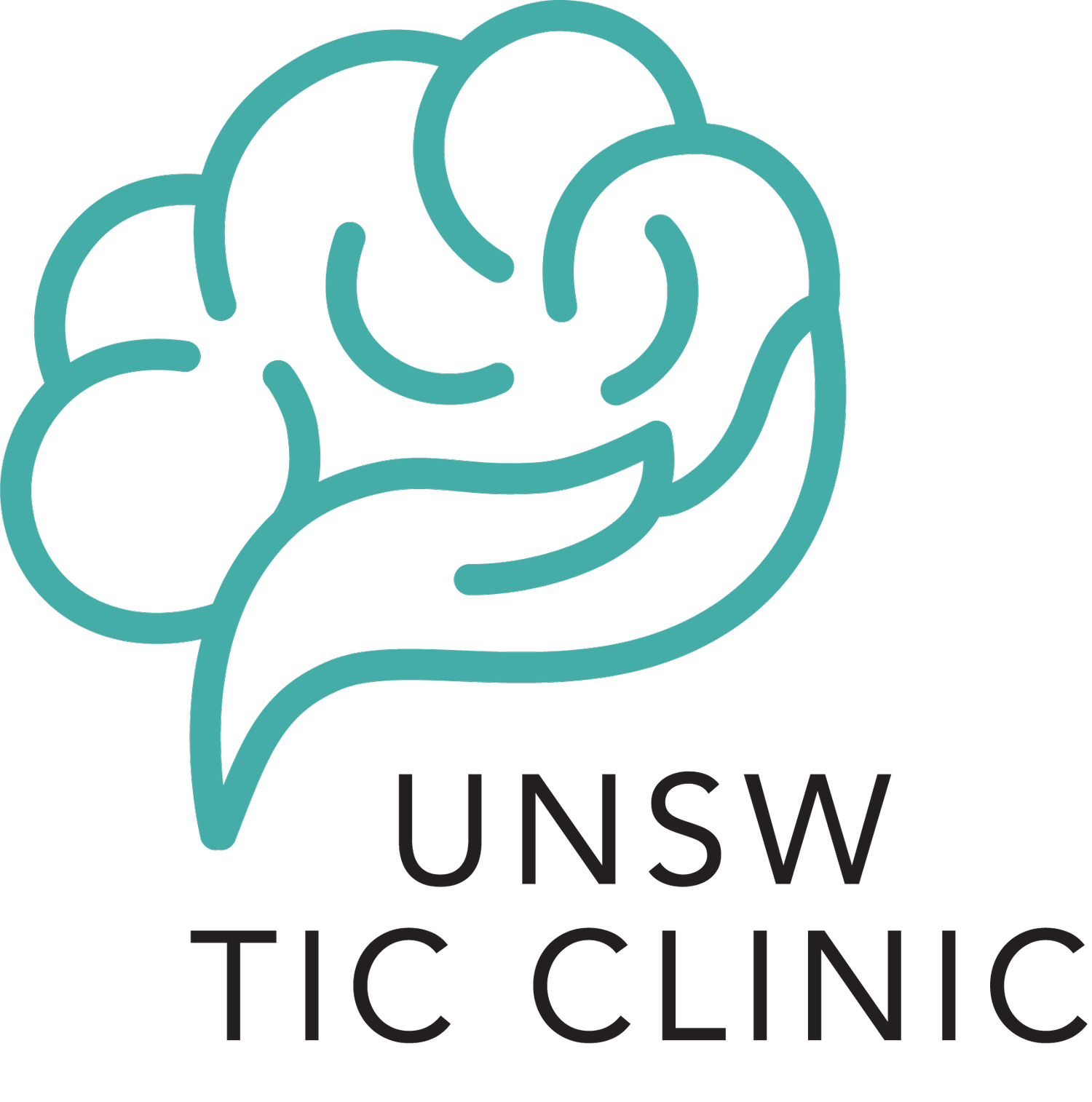Research
The clinic is involved in research that evaluates current treatments for tic disorders, as well as wider studies to improve our understanding of these conditions. This allows individuals access to innovative treatment at no cost. We can provide this free service because we are funded by a number of grants to conduct research into tic disorders and treatment evaluation.
Tic Surf School - TSS
Tic Surf School (TSS) is not a surfing program, it is about learning to ‘surf’ the waves of tic urges and to improve tic control.
TSS is 10-session behavioral intervention for children and adolescents with tic disorders, including Tourette syndrome and Chronic Tic Disorders. The program is based on evidence-based Exposure Response Prevention (ERP) interventions with modifications to include acceptance of tic-related urges, thoughts and feelings.
TSS is offered in two formats: (a) TSS Group for children ages 9-12 in a small group setting, and (b) TSS Individual for ages 8-17, delivered one-on-one by a trained psychologist.
The program aims to:
Improve understanding of tics.
Build self-esteem and confidence.
Develop strategies to accept urges and increase control of tics.
Address factors that influence tics, such as environmental, emotional, and cognitive trigger.
More information on TSS here.
Integrated Cognitive Behavioural intervention for Functional Tics - I CBiT
Integrated Cognitive Behavioural intervention for Functional Tics (I-CBiT) is a specialised treatment for managing functional tics in adolescents aged 12-17. Combining traditional behavioural techniques with third-wave cognitive behavioural therapies, this one-on-one program is delivered by a trained psychologist over 10-15 weeks, after which the young person is referred back to local services for continued support. The program takes a multidisciplinary approach, including a one-off consultation with a Child and Adolescent Neuropsychiatrist as part of the initial assessment. Where possible, it also includes liaison with the treating neurologist and other allied health professionals involved in the young person’s care.
More information on I-CBiT can be found here.
The program aims to:
Improve understanding of the diagnosis, including how and why the tics have developed.
Increase awareness of early warning signs and urges.
Learn strategies to accept urges and increase control of tics.
Increase understanding about how environmental factors, thoughts and feelings may increase urges and tics.
Develop strategies to manage stress and arousal symptoms in everyday life.
Involve family and school to support treatment.
Publications
This page includes links to journal papers, conference presentations, and other publications by our team. We share our work to help others learn from our research and stay updated on what we are working on.
Functional brain networks associated with the urge for action: Implications for pathological urge (Zouki, Eapen, Maxwell et al., 2024)
Integrated cognitive behavioral intervention for functional tics (I-CBiT): case reports and treatment formulation (Maxwell, Zouki & Eapen, 2023)
Assessing tics in children (Eapen & Usherwood, 2022)
Comprehensive behavioural intervention for tics: a neurophysiological intervention (Eapen et al., 2022)
Pathways from genes to symptoms in Tourette syndrome (Eapen & Perkes, 2022)
Tourette syndrome in children (Eapen & Usherwood, 2021)
Investigating shared genetic basis across Tourette syndrome and comorbid neurodevelopmental disorders along the impulsivity-compulsivity spectrum (Yang, Eapen et al., 2021)
Gilles de la Tourette syndrome: cross-cultural perspectives with a focus on the Asia-Pacific region (Eapen, 2021)
Tourette's syndrome: Neurodevelopmental perspectives and implications for management (Eapen, 2021)
Social communication deficits and restricted repetitive behavior symptoms in Tourette syndrome (Eapen et al., 2019)
Gilles de la Tourette syndrome (Robertson, Eapen & Singer, 2017)
The role of transcranial direct current stimulation (tDCS) in Tourette syndrome: a review and preliminary findings (Eapen et a., 2017)
Comorbidities, social impact, and quality of life in Tourette syndrome (Eapen et al., 2016)
The impact of tic severity, comorbidity and peer attachment on quality-of-life outcomes and functioning in Tourette's Syndrome: Parental perspectives (O’Hare, Eapen et al., 2015)
Are there distinct subtypes in Tourette syndrome? Pure-Tourette syndrome versus Tourette syndrome-plus, and simple versus complex tics (Eapen & Robertson, 2015)
Gilles de la Tourette Syndrome and Disruptive Behavior Disorders: Prevalence, Associations and Explanation of the Relationships (Robertson, Cavanna & Eapen, 2015)
Physical health issues in Tourette syndrome: Tourette Syndrome Association USA and Centre for Disease Control (Eapen, 2015)
Tourette syndrome in children and adolescents: special considerations (Eapen & Črnčec, 2009)
Cross-Disorder Genome-Wide Analyses Suggest a Complex Genetic Relationship between Tourette Syndrome and Obsessive-Compulsive Disorder (Yu, Eapen et al., 2015)
The international prevalence, epidemiology, and clinical phenomenology of Tourette syndrome: a cross-cultural perspective (Robertson, Eapen & Cavanna, 2009)




